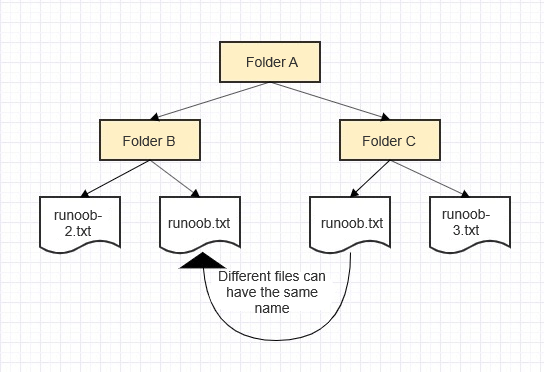In the previous tutorials, we have already learned some basic syntax of Python3. Now, let's try some examples.
Print a String:
Example
print("Hello, world!")Output:
Hello, world!
Print Variable Value:
Example
i = 256 * 256
print('The value of i is:', i)Output:
The value of i is: 65536
Define Variables and Perform Simple Arithmetic Operations:
Example
x = 3 y = 2 z = x + y print(z)
Output:
5
Define a List and Print Its Elements:
Example
my_list = ['google', 'runoob', 'taobao'] print(my_list[0]) # Outputs "google" print(my_list[1]) # Outputs "runoob" print(my_list[2]) # Outputs "taobao"
Output:
google runoob taobao
Use a for Loop to Print Numbers from 0 to 4:
Example
for i in range(5): print(i)
Output:
0 1 2 3 4
Output Different Results Based on a Condition:
Example
x = 6
if x > 10:
print("x is greater than 10")
else:
print("x is less than or equal to 10")Output:
x is less than or equal to 10
Let's Try to Write a Fibonacci Sequence.
The Fibonacci sequence is a classic mathematical problem where each number is the sum of the two preceding ones.
Example (Python 3.0+)
#!/usr/bin/python3 # Fibonacci series: The sum of two elements defines the next number a, b = 0, 1 while b < 10: print(b) a, b = b, a + b
In this code, the line a, b = b, a + b calculates the values on the right-hand side first, then assigns them simultaneously to a and b. This is equivalent to:
n = b m = a + b a = n b = m
Output:
1 1 2 3 5 8
This example introduces several new features. The first line contains a compound assignment: the variables a and b simultaneously receive the new values 0 and 1. In the last line, the same method is used again. The expression on the right-hand side is evaluated before the assignment takes place, and the evaluation follows a left-to-right order.
You Can Also Implement This with a for Loop:
Example
n = 10 a, b = 0, 1 for i in range(n): print(b) a, b = b, a + b
end Keyword
The end keyword can be used to print results on the same line or add different characters at the end of the output, as shown below:
Example (Python 3.0+)
#!/usr/bin/python3 # Fibonacci series: The sum of two elements defines the next number a, b = 0, 1 while b < 1000: print(b, end=',') a, b = b, a + b
Output:
1,1,2,3,5,8,13,21,34,55,89,144,233,377,610,987,



